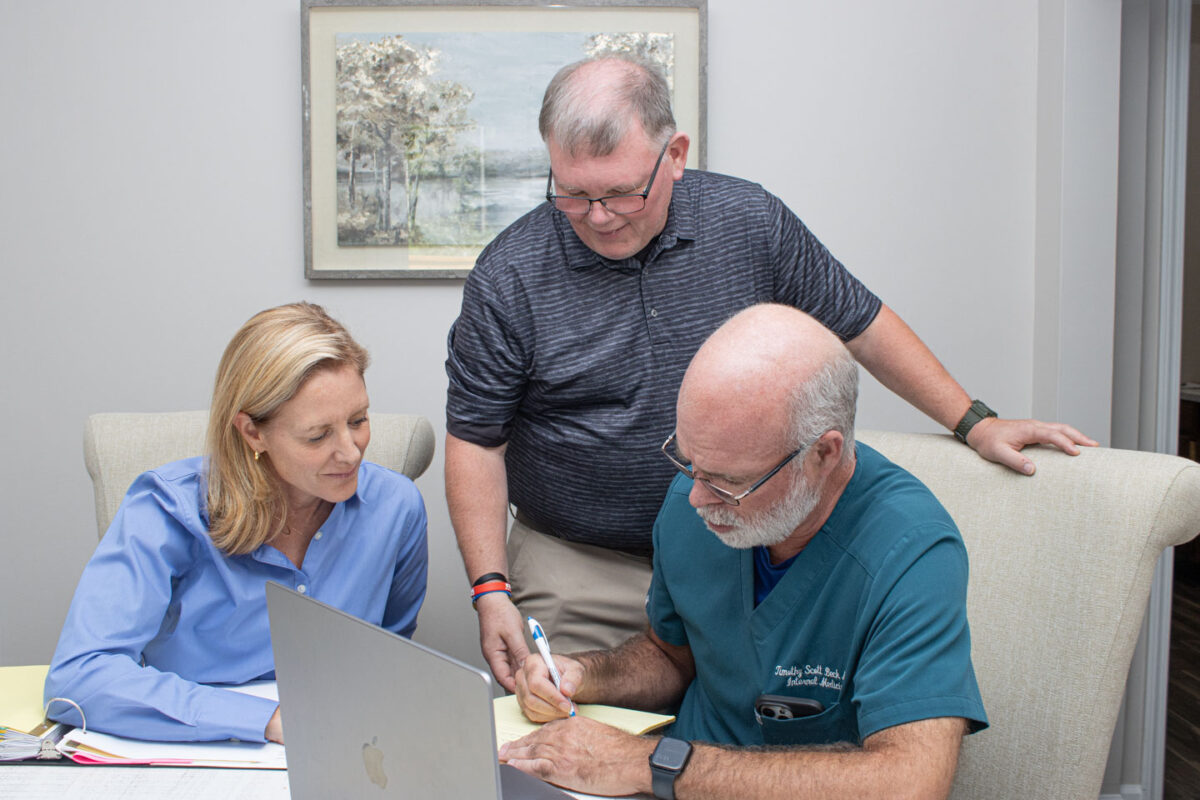The Art of Testimony: How Expert Witnesses Communicate Complex Information

In the world of legal proceedings, expert witnesses play a pivotal role in bridging the gap between intricate technical knowledge and the legal requirements of a case. Their ability to communicate complex information effectively can significantly influence the outcome of trials, making their testimony an art form in its own right. This post explores the nuances of expert witness testimony and how these professionals can convey complicated concepts to judges and juries.
Understanding the Role of Expert Witnesses
An expert witness is someone who possesses specialized knowledge, skills, or experience in a particular field, such as medicine, engineering, or finance. Their primary function is to provide objective, evidence-based insights that can clarify technical matters for those without specialized training. Unlike regular witnesses, who recount facts based on personal observations, expert witnesses interpret and analyze data, offering opinions that can guide judicial decisions.
The Challenge of Complexity
One of the primary challenges faced by expert witnesses is the inherent complexity of their subject matter. Whether discussing the subtleties of forensic science or the intricacies of financial fraud, experts must distill this information into digestible pieces. This requires not only a deep understanding of the topic but also an acute awareness of the audience’s level of comprehension.
Techniques for Effective Communication
- Simplification of Concepts
Experts must break down complex ideas into simpler components. This can involve using analogies or relatable examples that resonate with the average person. For instance, a medical expert explaining the nuances of a disease might compare it to a more commonly understood phenomenon, making the technical details more accessible.
- Visual Aids
Incorporating visual aids, such as charts, diagrams, or slides, can enhance understanding. Visuals can effectively illustrate trends, relationships, or processes that might be difficult to convey verbally. A clear and informative infographic, for instance, can succinctly summarize key findings in a way that words alone might not achieve.
- Structured Presentation
A well-organized presentation is crucial. Experts should outline their testimony clearly, providing a logical flow that guides the audience through their reasoning. Starting with a brief introduction of their qualifications and the purpose of their testimony sets the stage for what is to come. Following this, they can present their findings in a structured manner, highlighting key points and conclusions.
- Anticipating Questions
Effective expert witnesses anticipate potential questions and objections that might arise during cross-examination. By preparing for these scenarios, they can address concerns proactively, further clarifying their points and reinforcing their credibility. This preparedness not only demonstrates expertise but also builds trust with the jury and judge.
- Engagement and Clarity
Maintaining engagement is essential. An expert who can communicate with enthusiasm and clarity is more likely to hold the audience’s attention. This can involve varying tone, making eye contact, and using concise language. Avoiding jargon and technical terminology whenever possible ensures that the message is clear and comprehensible.
The Importance of Credibility
Credibility is paramount for expert witnesses. Their qualifications, experience, and impartiality are scrutinized, and any perceived bias can undermine their testimony. Establishing oneself as a credible authority involves not only demonstrating expertise but also maintaining professionalism throughout the process. Experts must be prepared to defend their methodologies and conclusions, backing them up with data and sound reasoning.
The Impact of Effective Communication
When expert witnesses effectively communicate complex information, they empower the legal process. Clear and accessible testimony can illuminate critical issues for juries, helping them make informed decisions. Conversely, poor communication can lead to misunderstandings, which may adversely affect the case’s outcome.
Conclusion





